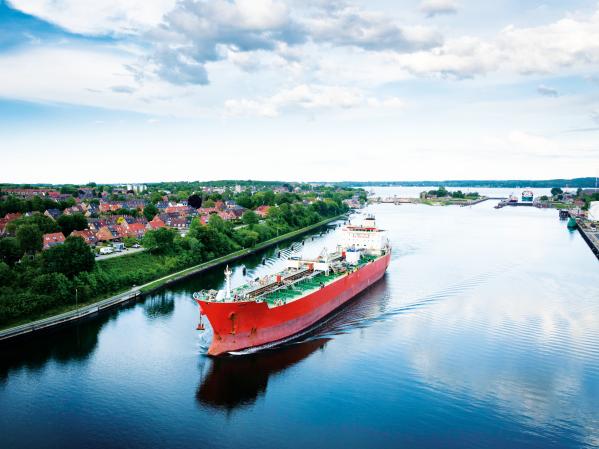Exports as economic engine: what drives Germany

Exports account for one out of every two euros earned. According to the World Trade Organization’s annual rankings, Germany regularly ranks as the world’s third-largest export Export Germany is one of the leading export nations. In 2022 it exported goods and services valued at some 1,576 billion Euros. The balance of foreign trade fort he year posted a surplus of 81 billion Euros. Germany has above all the strong performance of its industry to thank for its strength in exports… Read more › nation, following the US and China.
The most important exports in 2024 included:
- motor vehicles and parts (262.8 billion euros)
- machines (217.4 billion euros)
- chemical products (138.9 billion euros)
These three groups, plus products in the areas of data processing and optics, account for more than half of German exports.
Which are the leading countries when it comes to German exports and imports?
The US was the most important consumer of German goods in 2024, followed in second and third place by France and the Netherlands. In 2024, the largest volume of imports came from China, the Netherlands and the US.
German firms create millions of jobs abroad
The importance of economic and trade relations with Asian states is growing all the time. Nearly half of all German companies have invested abroad, and almost eight million people are employed by German firms abroad.
Can Germany maintain its leading role in logistics?
Germany is a transhipment hub for the flow of goods in Europe and the world as a whole. More goods transit through Germany than any other EU country. More than three million people are employed in the logistics sector. The Port of Hamburg, which processes around eight million shipping containers each year, is a gateway to the world. Frankfurt Airport handled around 2.1 million tonnes of air freight in 2024, substantially more than any other European airport.
The importance of logistics for Germany
In Germany, logistics is the third largest economic sector after the automotive industry and trade. It ranks ahead of the electronics industry and mechanical engineering.
The federal highway network in Germany comprises 13,210 kilometres of motorways and 37,746 kilometres of federal highways. This makes it one of the densest highway networks in Europe.
At around 33,500 kilometres, the German rail network is the largest in Europe. If you add up the routes of all railway companies, including those not owned by the federal government Federal Government The Federal Government and cabinet is made up of the Federal Chancellor and the Federal Ministers. While the Chancellor holds the power to issue directives, the ministers have departmental powers, meaning that they independently run their respective ministries in the framework of those directives… Read more › , the total length is around 39,200 kilometres.
In Germany, inland waterways cover around 7,700 kilometres. They form an important transport network for freight transport and shipping.


